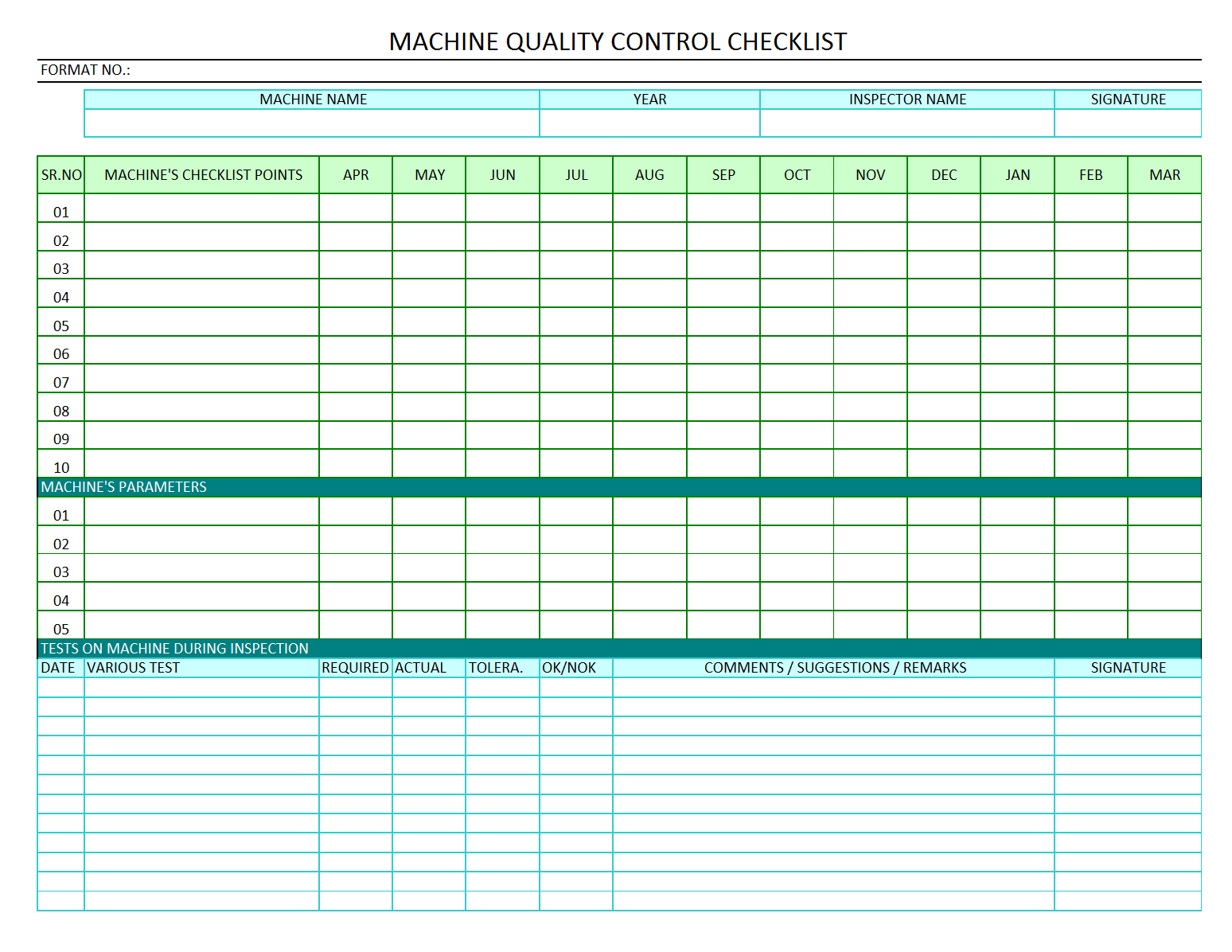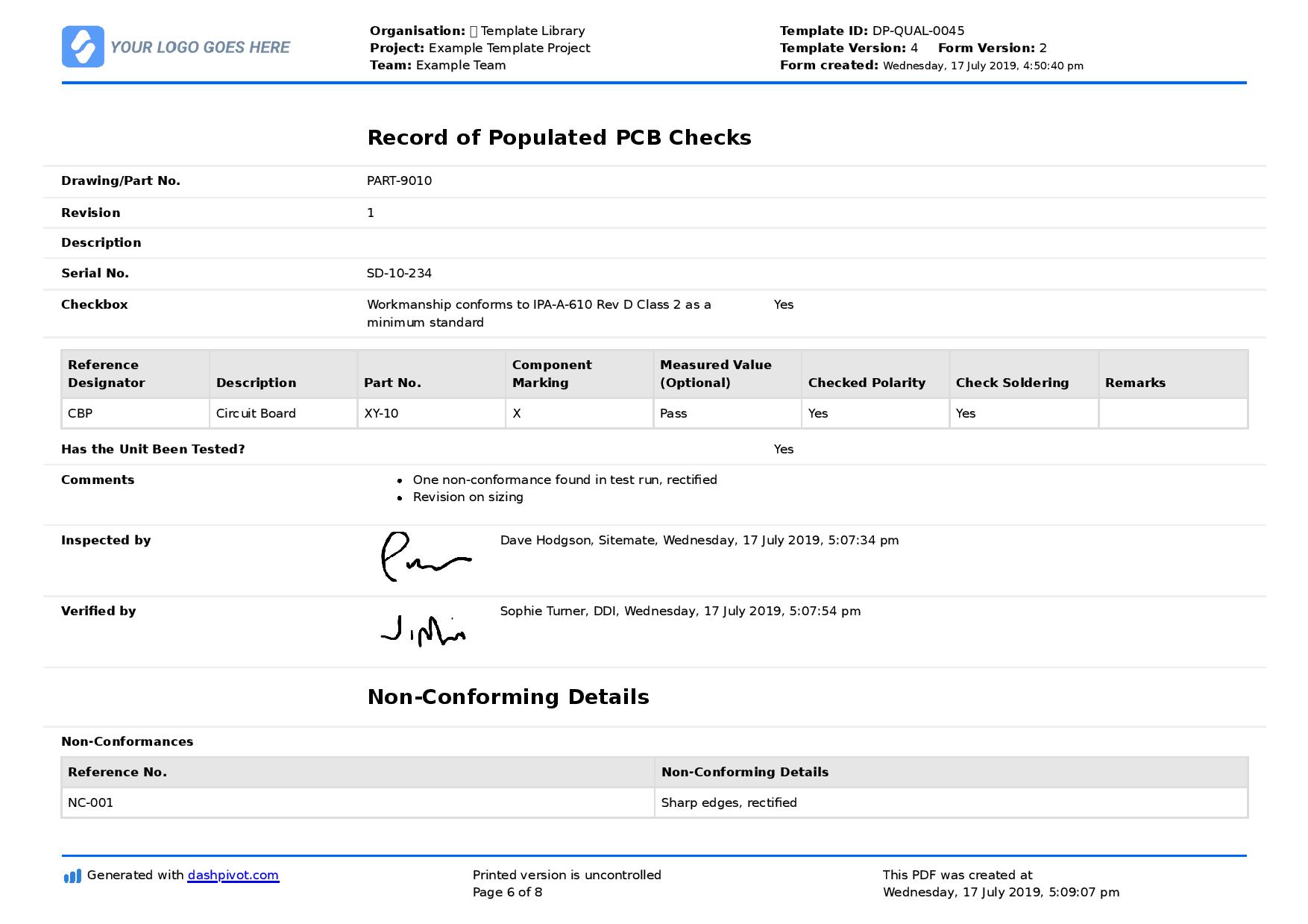

The US Department of Transportation recommends that routine inspections be performed every 2 years. This type of inspection is performed to assess the general working condition of a bridge and to identify opportunities for repair and maintenance work. The most common type of bridge inspection conducted is the Routine Inspection. The primary purpose of the initial inspection is to take a structural inventory of the bridge to establish its standard condition, and to take note of different parts and areas that may need close monitoring for maintenance purposes. The FHWA (Federal Highway Administration) recommends that initial inspections are done before a bridge is opened to the public. The initial inspection is the very first bridge inspection conducted on newly constructed and recently rehabilitated bridges. Each inspection type is designed to contribute to bridge safety and stability in different aspects of its operation.īelow are the different types of bridge inspections conducted by civil engineers and licensed bridge inspectors: Types of Bridge Inspectionsīridges go through different types of inspections depending on their age, condition, and special circumstances such as possible structural damage after a natural catastrophe.

Having the necessary documentation on a bridge’s performance including tendencies, common causes of damage and deterioration, and residual life expectancy, allows civil engineers to optimize maintenance efforts and build more durable bridges. The information gathered from bridge inspections also informs future repair, maintenance, and bridge construction. Preventive maintenance is generally less expensive compared to repairs, and timely bridge inspections help engineers spot minor structural issues and resolve them before they turn into high-cost, high-risk problems. Foregoing bridge inspections means missing critical warning signs which could lead to structural failure, putting the public at risk of high-fatality disasters.ĭiligent bridge inspections also help local governments save money. No matter how durable a bridge may be, it is not exempt from damage and natural wear e.g. Most bridges have been around for a very long time, weathering the impact of the natural environment including storms, earthquakes, and hurricanes over their years of service. Numerous industries, especially those that rely heavily on logistics, benefit from the convenience of having bridges. The Importance of Bridge Inspectionsīridges all over the world are used by millions of people on a daily basis. A typical bridge inspection checklist is manually filled out via pen-and-paper as the engineer performs the inspection. It serves as a guide to ensure that all aspects of the bridge inspection are performed completely, and as a recording tool to document the inspector’s findings, observations, and recommendations.

WHAT IS THE PURPOSE OF THE DOCUMENT INSPECTOR IN EXCEL DOWNLOAD
Bridge Inspection Checklist | Free Download


 0 kommentar(er)
0 kommentar(er)
